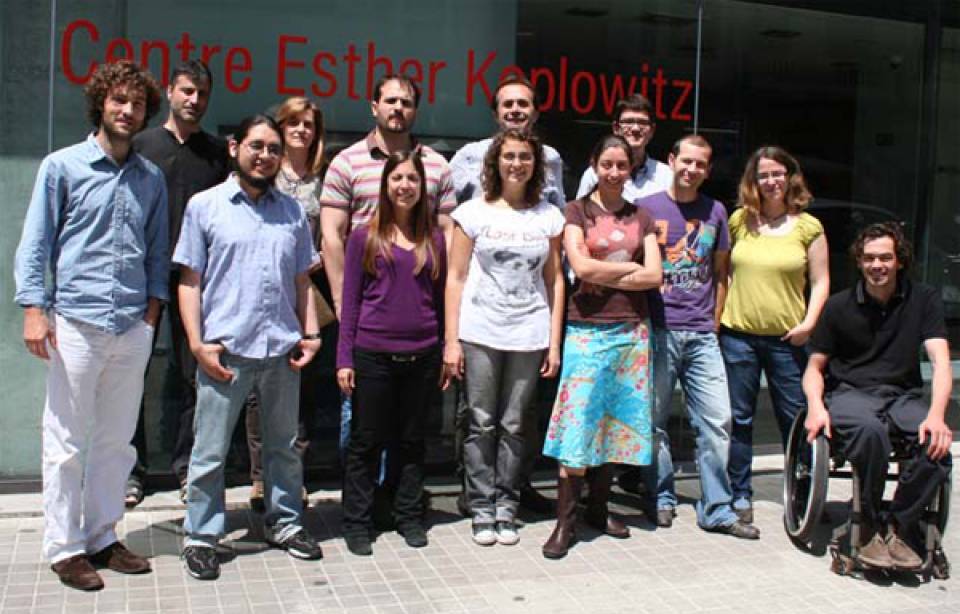The work has used massive genome sequencing in 27 subjects suffering pancreatic agenesis to detect that more than half of the mutations were found in GATA 6. This gene was not taken into account as a possible regulator of the pancreas. It has now been discovered that it could be the main cause of the disease, along with other rare cases of mutations in PDX1 and PTF1A. The study also demonstrates the utility of choosing patients with a well defined phenotype and sequencing their entire genome to identify mutations.
The vast majority of mutations in GATA 6 are de novo and are generated spontaneously in the affected person, because pancreatic agenesis was incompatible with life until a few time ago. They are heterozygous mutations, so this gene is so important for the development of the pancreas that having a mutation in just one of two copies of the gene is enough to develop the disease. It is therefore a new etiology of neonatal diabetes. If the role of GATA 6 had not been identified previously in animal experimentation is because of the genetic differences between humans and mice. Homozygous animals for the mutation in GATA 6 are not compatible with life, and heterozygous mice have no symptoms.
One of the main points of the study is the demonstration that GATA 6 plays a key role in the development of the pancreas. Researchers are beginning to study its importance, and its possible application in studies to generate artificial pancreatic cells.

